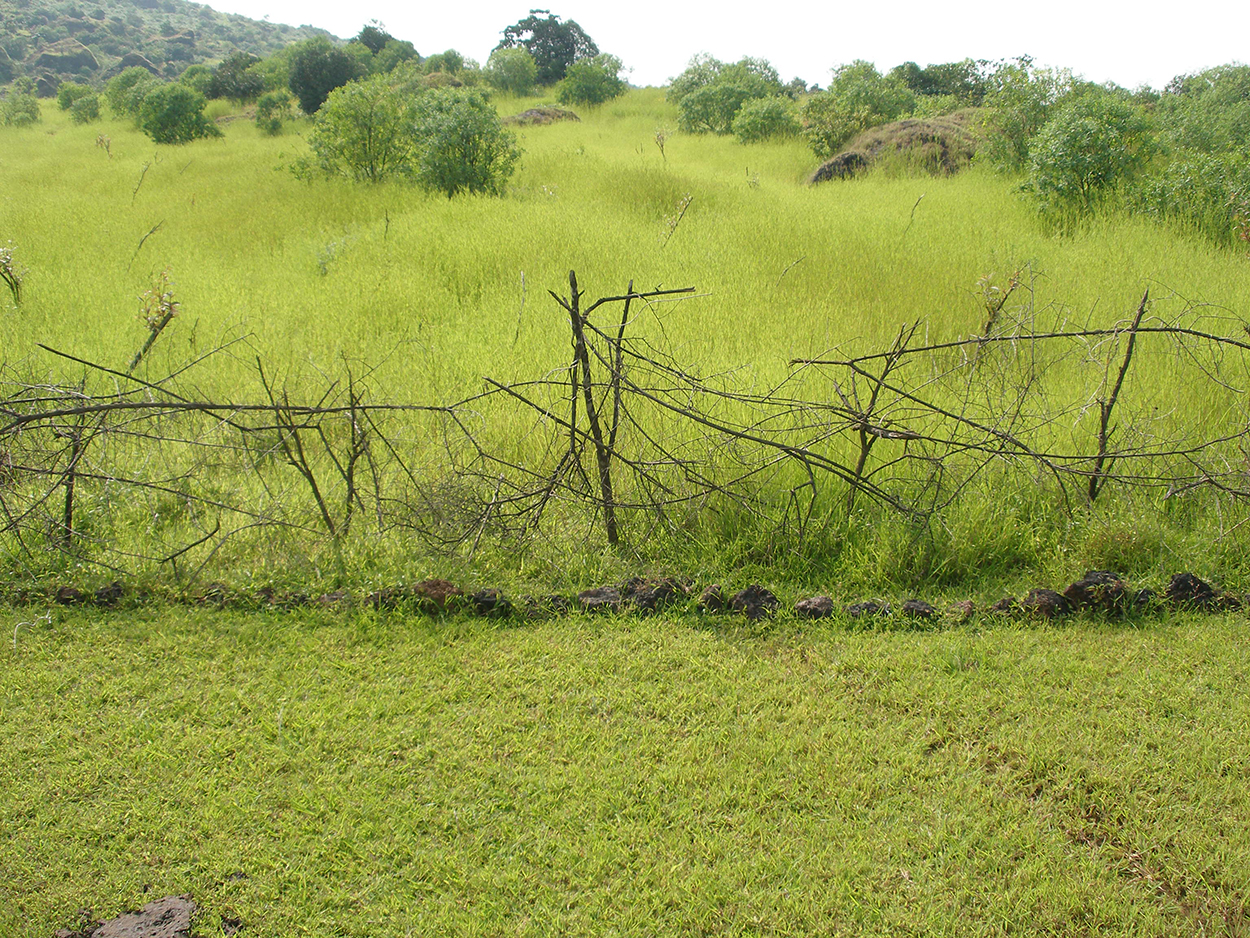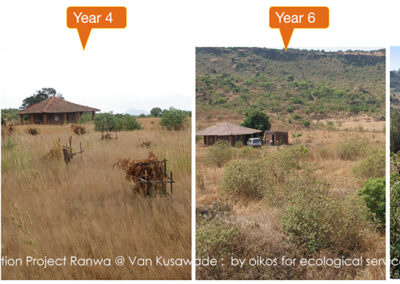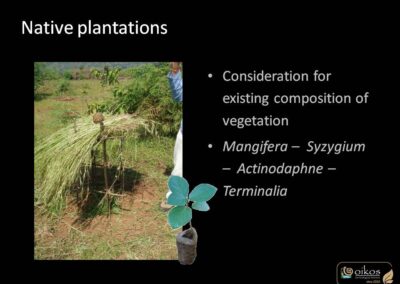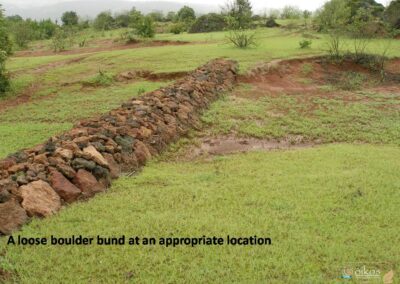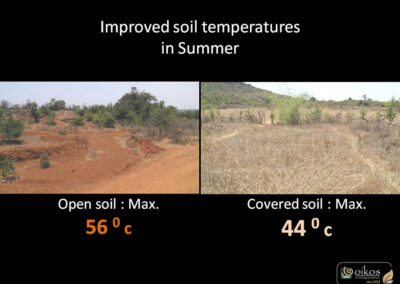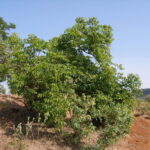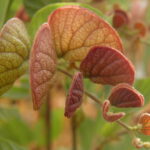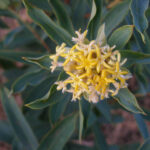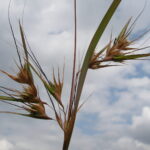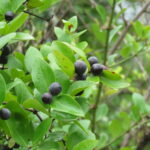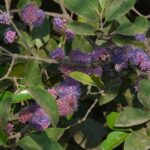This project is part of Northern Western Ghats in state of Maharashtra. It is in the village of Van-Kuswade from Satara district. This 24 acre land is owned by film actor Atul Kulkarni, actor Dhiresh Joshi and their families. As a first step, we surveyed the entire watershed of Van Kuswade village, understood the stream network, geology, and studied the forests and Sacred Groves (Devrai), biodiversity distribution within the catchment just to understand current natural set up of the surrounding area and its relation with the project land.
Specific restoration techniques were designed for the restoration of land as mentioned above. As a result of all these techniques, the biomass on the ground started increasing. This has changed the physical structure of land. Soil erosion is reduced as soil is arrested behind the stone bunds and stone lines. Rainwater seepage has increased. Another striking difference was observed in improved the soil temperature from 56 °C to 40 °C, which is most important for many microbes so that they can thrive in it even after monsoon. The land, which used to get dry quickly after the previous rains, now retains moisture for a long time, till April-May. The land which was covered only with seasonal grasses has now layer of perennial grasses which insulates the land throughout summer till next monsoon. Seeds of many native plants started germinating naturally. A beautiful mosaic of habitats with grassy patches, shrub clusters, and perennial vegetation can be seen today on the land which has been dry and open for years. We look at species and their activity as an ‘indicator’. Birds have started to nesting and breeding indicating creation of safe sites and enough food for them. Increased number of reptiles and lizards are indicating increased insect population. Flora and micro fauna is the base of the food chain. Birds of preys also indicate the establishment of complete food chain. Occurrence of rare animals such as Sicilians, Leeches are also using the land indicating restoration of specific habitats for them which were completely absent in initial years.
From all these observations, it can be said that habitats and diversity on this land patch has improved. Interestingly, the neighbouring patch of the land is still at the same stage the way it was 15 years back. So comparison is easy. Project land has climbed up one or two stages on the ladder of ecological succession, which is a process of going towards maturity of ecosystem. The project seems to be on a right path of forest formation. It is difficult to say how long it will take may be twenty years, maybe even fifty. As the owner of land, Atul says, “… all this is for nature and for future generations. Let’s try and give back to nature and enjoy this process !”

